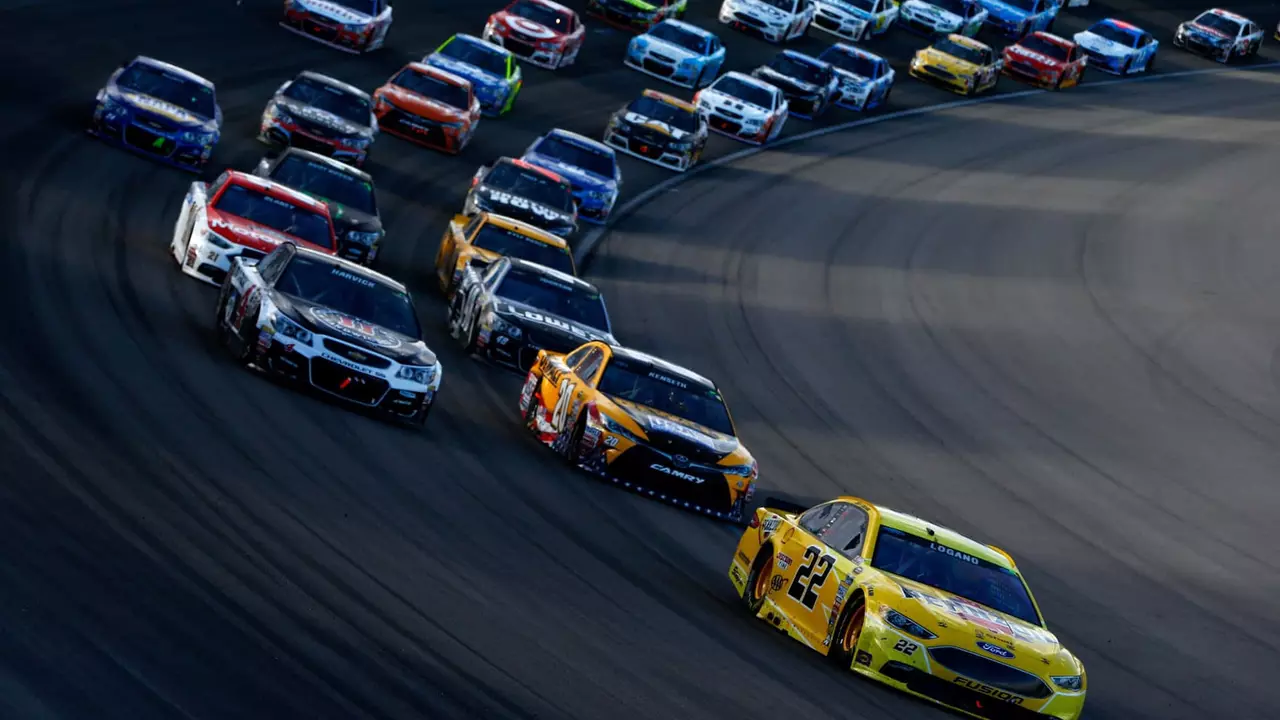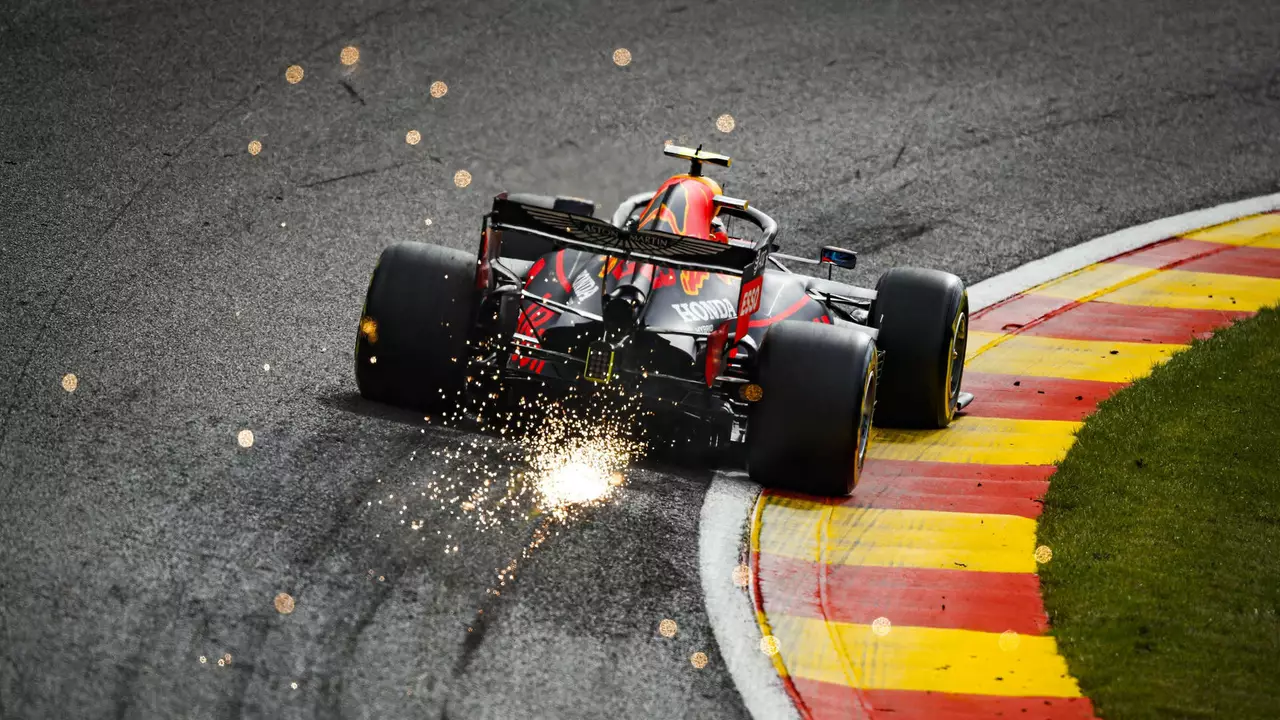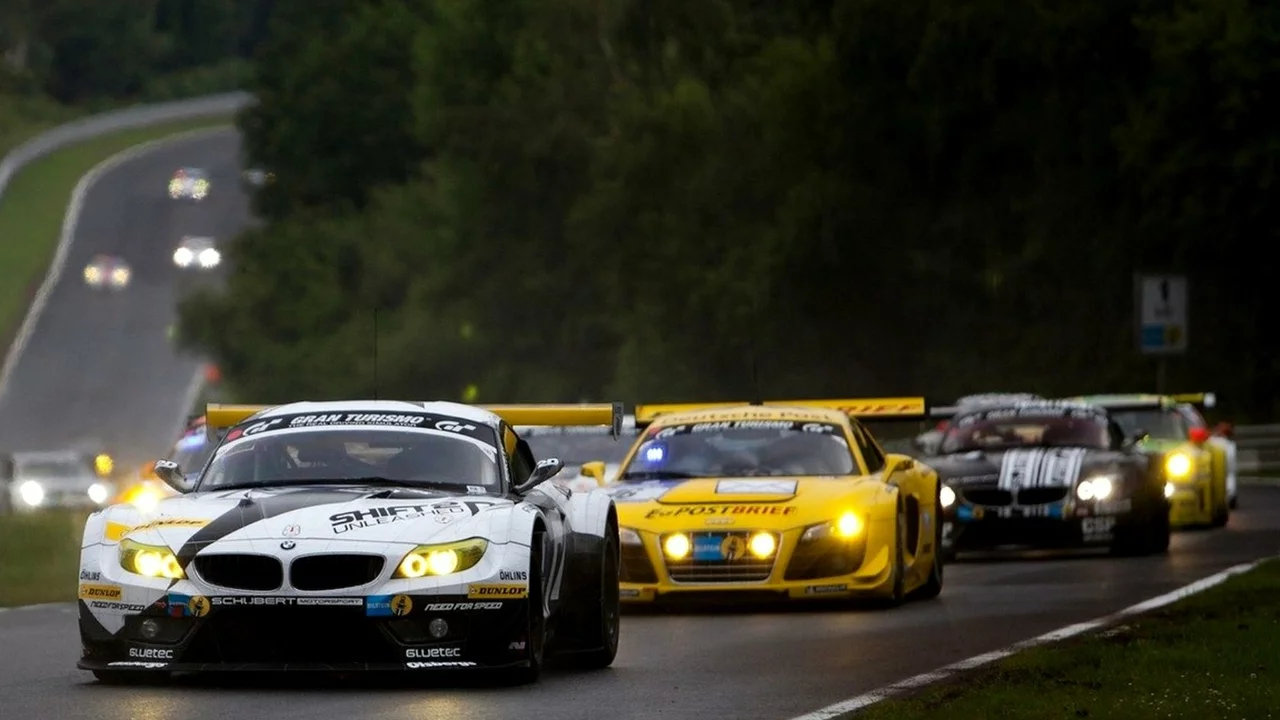July 2023 Car Racing Q&A: Legal Paths, Movie Myths, Fuel Facts, and Start Line Basics
If you visited Hard Charger Racing Hub in July, you probably read about four hot topics that many fans ask about. Below is a quick rundown of each post so you can grab the key takeaways without scrolling through each article again.
How to Race When Street Racing Is Illegal
First up, we tackled the dilemma of wanting speed while staying on the right side of the law. The short answer? Join legal racing avenues. Go‑kart tracks, club‑run amateur series, and sanctioned time‑attack events let you burn rubber without a ticket. Most tracks rent out cars or let you bring your own, and the cost is often lower than you think. Getting a racing license may sound intimidating, but many clubs offer beginner courses that cost a few hundred dollars and give you a legit license in weeks.
Besides safety, legal events teach you track etiquette, braking points, and how to handle a car at high speed. Those skills translate directly if you ever want to move up to higher‑level series. So, skip the night‑time street runs and hit a certified circuit – it’s the fastest route to real racing experience.
Is "The Fast and the Furious" Real?
Next, we broke down the myth versus reality of the Fast & Furious movies. The films are packed with insane stunts, impossible drift angles, and cars that seem to defy physics. In real life, a street‑legal car can’t launch off a ramp and land perfectly, nor can a driver maintain a 200‑mph drift around a tight corner without destroying the tires.
That said, the movies do get some details right. The car models, aftermarket parts, and even the sound of a revving engine are spot‑on. The biggest stretch is the level of control and durability shown on screen. If you love the movies, enjoy them for the entertainment, but remember the real world demands brakes, tires, and physics that the script ignores.
How Much Fuel Does an F1 Car Use?
Fuel talk is always a favorite, so we looked at how much a Formula 1 car drinks during a race. Regulations cap the fuel load at 110 kg, which is about 144 liters. Teams rarely start with a full load because they manage consumption with hybrid recovery and engine maps. Depending on the circuit, a car may finish a race using only 90‑110 kg.
This limit makes fuel efficiency a crucial strategy—drivers throttle back on long straights, use energy recovery, and plan pit stops around fuel wear. It’s a fine balance: push too hard and you waste fuel; be too gentle and you lose lap time. That dance is part of what makes F1 exciting.
What Do You Call the Start of a Car Race?
Finally, we cleared up the terminology for the race kickoff. The line where cars line up is called the "starting grid" or simply the "start line." Before the green flag or the traffic‑light sequence, drivers sit in their grid spots, waiting for the official signal. Position on the grid can decide early race dynamics—being on the inside of the first turn often gives a better shot at gaining places.
Whether you’re watching a Grand Prix or a local club race, the same terms apply. Knowing the lingo helps you follow race commentary and understand strategy discussions.
That’s the July 2023 roundup in a nutshell. Whether you’re hunting legal racing venues, questioning movie realism, curious about F1 fuel, or just want to know the proper race‑start term, Hard Charger Racing Hub has the answers you need.
How can one start car racing if racing is illegal?
Hey racing enthusiasts! So, you've got the speed demon in you but the law isn't quite on your side? No worries! It's still possible to quench that thirst for adrenaline without running afoul of the law. The simplest answer is, get into legal racing! From go-karting to joining amateur racing leagues, there are loads of ways to make those tires screech and leave some rubber on the track. Plus, who knows, you might just end up being the next Schumacher without a single traffic ticket to your name!
Read MoreHow realistic is The Fast and the Furious?
In my exploration of the reality behind The Fast and the Furious franchise, it's clear that the films significantly exaggerate the world of street racing and car culture. While the thrilling stunts and high-speed chases make for great cinema, they're far from realistic, often defying the laws of physics. The intricate heists and crime plots portrayed are equally over the top. Though the cars themselves and the modifications made on them can be real, their performances are heavily amplified for dramatic effect. So, while The Fast and the Furious offers a fun and adrenaline-packed ride, it's important to remember that it's largely a work of fiction.
Read MoreHow much fuel is consumed in one F1 race?
In a single Formula 1 race, the amount of fuel consumed can be quite surprising. Each car is limited to a fuel load of 110 kilograms, or roughly 144 liters, for the entire race. However, not every race sees the full fuel load used, as strategies often vary depending on the track and race conditions. Therefore, it's fair to say that while the maximum fuel consumption could be around 144 liters per car, it often tends to be less. Regardless, it's clear that fuel efficiency is a critical aspect of F1 racing.
Read MoreHow do you call the beginning of a car race?
In my latest blog post, I discussed what the beginning of a car race is called. I found out that it's typically referred to as the 'start line' or 'starting grid'. This is where all the cars line up side by side before the race commences. The official signal to start usually comes from a green flag or a set of traffic lights turning green. I also highlighted how the positioning of cars at the start line can influence the race outcome.
Read More


